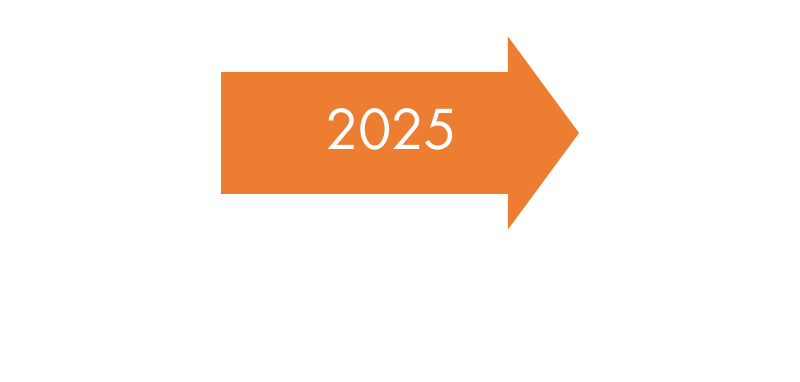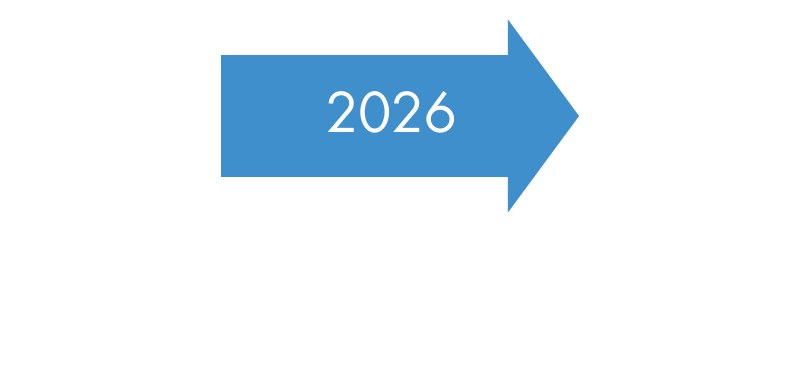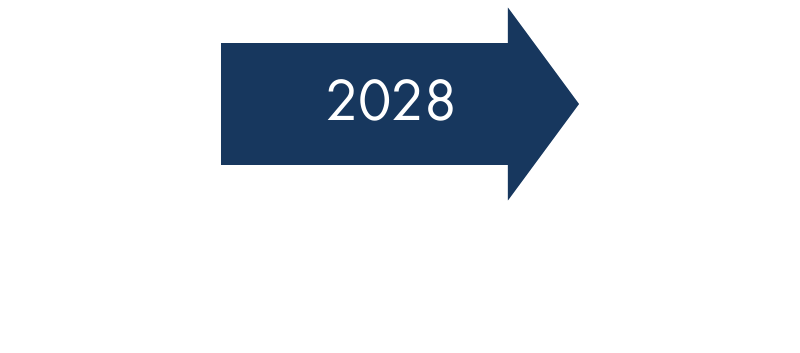The Inflation Reduction Act (IRA), signed into law in 2022, holds the potential to dramatically transform the pharmaceutical landscape, affecting patients, insurers, and manufacturers alike. Patients will continue to benefit while prescription plans and manufacturers’ liability increase. While the new provisions improve the sustainability of Medicare for generations and provide financial relief for millions of patients, manufacturers must continue to navigate new pricing, reimbursement, and negotiation structures to expand benefits and lower drug costs. Thankfully, Medicare beneficiaries prescription drug costs will be available in monthly payments, vs years of high out-of-pocket (OOP) costs. Finally, The Centers for Medicare & Medicaid Services (CMS) can negotiate drug costs directly with manufacturers, estimating that Medicare will save an estimated $4.4B in spending with these changes.
With 2023 marking the initial implementation of some major reforms, we want to ensure all key stakeholders are ready for the upcoming changes in 2025 and beyond. These changes present some unforeseen challenges and opportunities for pharmaceutical manufacturers, Patient Support Programs (e.g., Hub, PAP, Copay Programs), and Part D plans as everyone adjusts strategies and tactics to comply with new regulations and market dynamics.
The IRA continues to affect the pharmaceutical industry in four major areas:

1. Price Negotiations with CMS
- Medicare has begun direct price negotiations for select drugs, further reducing manufacturers’ pricing control. The first round of price negotiations affects 10 high-cost drugs and 15 more drugs covered under Part D in 2027.
- The pricing pressure could compress margins, especially on drugs that have been on the market for at least 7 years or biologics that have been approved for at least 11 years. Manufacturers must assess the risks of their portfolios and pricing strategies and whether they may be included in the top 50 single-source drugs with the highest total Part D spend, except those that are eligible for an ‘exclusion’ or those excluded from selection.
- Soon, CMS will begin negotiating drug prices for drugs covered under Part B, effective 2028
2. Regulatory and Compliance Preparedness
- The new regulations require increased tracking and reporting of drug pricing and inflation data. Pharmaceutical companies must ensure robust data management systems are in place to meet these requirements. Failure to comply could lead to significant penalties, should drug prices rise faster than inflation for drugs.
- Manufacturers should also monitor whether Part D plans narrow coverage and benefits and/or increase utilization management (UM) restrictions to account for higher financial liabilities across the plans.
- Manufacturers should anticipate many Patient Support Programs receiving questions from patients and HCPs on how to ‘navigate’ and enroll in the Medicare Prescription Payment Plan (MPPP) or M3P program, especially if they did not receive, review, and/or understand the information sent by Part D plans. For example, how will the MPPP be integrated into other tools like the Medicare Plan Finder?
- Hub case managers need to be trained and ready to provide appropriate levels of assistance with language approved by legal and compliance based on comfort level to help, given not all enrollees may benefit from the program, may not have been enrolled into a Part D plan, etc.
3. Reimbursement and Market Access
- While the ‘coverage gap’ is closing in 2025, benefitting Medicare beneficiaries, the Part D standard benefit redesign will require Manufacturers to pay increased mandatory discounts on branded drugs during the initial coverage phase and catastrophic coverage phase.
- Drug manufacturers will be required to provide a 20% price discount on brand-name drugs only
- For generic drugs, plans pay 75% in the coverage gap phase in 2023 and 2024 and 75% in the initial coverage phase in 2025; Medicare will pay 40% in the catastrophic coverage phase in 2025
- Starting in 2025, drug manufacturers will pay a 10% discount on brand drugs in the initial coverage phase, replacing the 70% discount in the coverage gap phase that will be eliminated
- Part D plan costs will increase from 15% to 60% for brand and generics above the cap
- Drug manufacturers will be required to provide a 20% price discount on brand-name drugs only
- While the main focus is on Part D plans calculating cost-share appropriately for patients who enroll in a Medicare Prescription Payment Plan (MPPP) or M3P, patient access could be negatively impacted due to inaccurate cost-share calculations for medications, confusion around enrolling in an MPPP plan, and the fact that patients cannot enroll at the point of service (POS).
- Manufacturers will also need to monitor if patient treatments are being shifted based on price/cost vs short and/or long-term clinical decisions.
4. R&D and Launch Strategies
- Many manufacturers are rethinking their research and development (R&D) strategies in light of the IRA’s price negotiations. They may be reprioritizing launches to focus on indications with high unmet needs (e.g., small biotech exception) or where robust revenue potential is an option to ensure the viability of their products.
- Product launch timelines must be optimized, given that the IRA may shorten the time a product can be sold at full market price before price negotiations impact launch.
Key Developments in Medicare Part D Prescription Drug Coverage
Timeline of Major Changes

2024: The cap on out-of-pocket spending for Medicare Part D beneficiaries above the catastrophic threshold will begin, with full phase-in by 2025. Learn more about Monthly Prescription Payment Plans (MPPP). Drug manufacturers will also be subject to paying rebates if their prices outpace inflation, and limits on premium increases for Medicare Part D plans will take effect. Learn more about inflation rebates and reporting requirements.

2025: The closure of the Medicare Part D coverage gap will officially occur, capping maximum out-of-pocket spending at $2,000 annually for beneficiaries. This year, expanded eligibility for the Low-Income Subsidy (LIS) program will also be introduced, alongside more comprehensive manufacturer discounts during the initial and catastrophic coverage phases. Learn more about Part D benefit design changes and impact on plans and manufacturers by scheduling a call.

2026: Negotiated prices for the highest-cost Part D therapies will be implemented.

2027: More drugs will enter Medicare price negotiations. Additionally, delayed rules around rebates for Pharmacy Benefit Managers (PBMs) and plans will come into effect, potentially reducing financial incentives for rebates under the Federal Anti-kickback Statute (AKS).

2028: Negotiated drug prices are implemented for drugs covered under Part B.
Contact us to access the impact to your products
GET THE LATEST UPDATES ON IRA POLICIES AND GUIDANCE
Updates on new provisions, policies, guidance, and impacts of the IRA.
"*" indicates required fields

